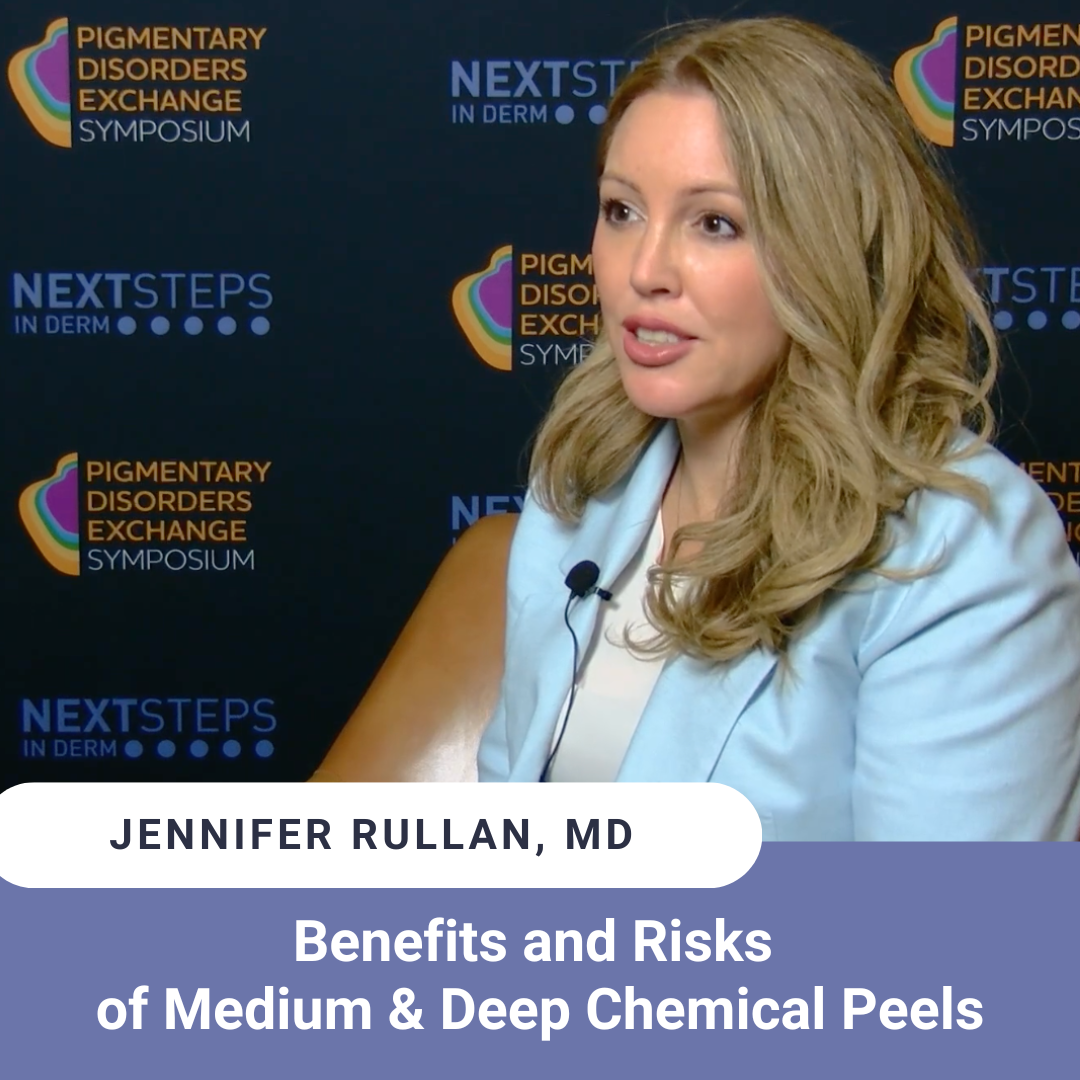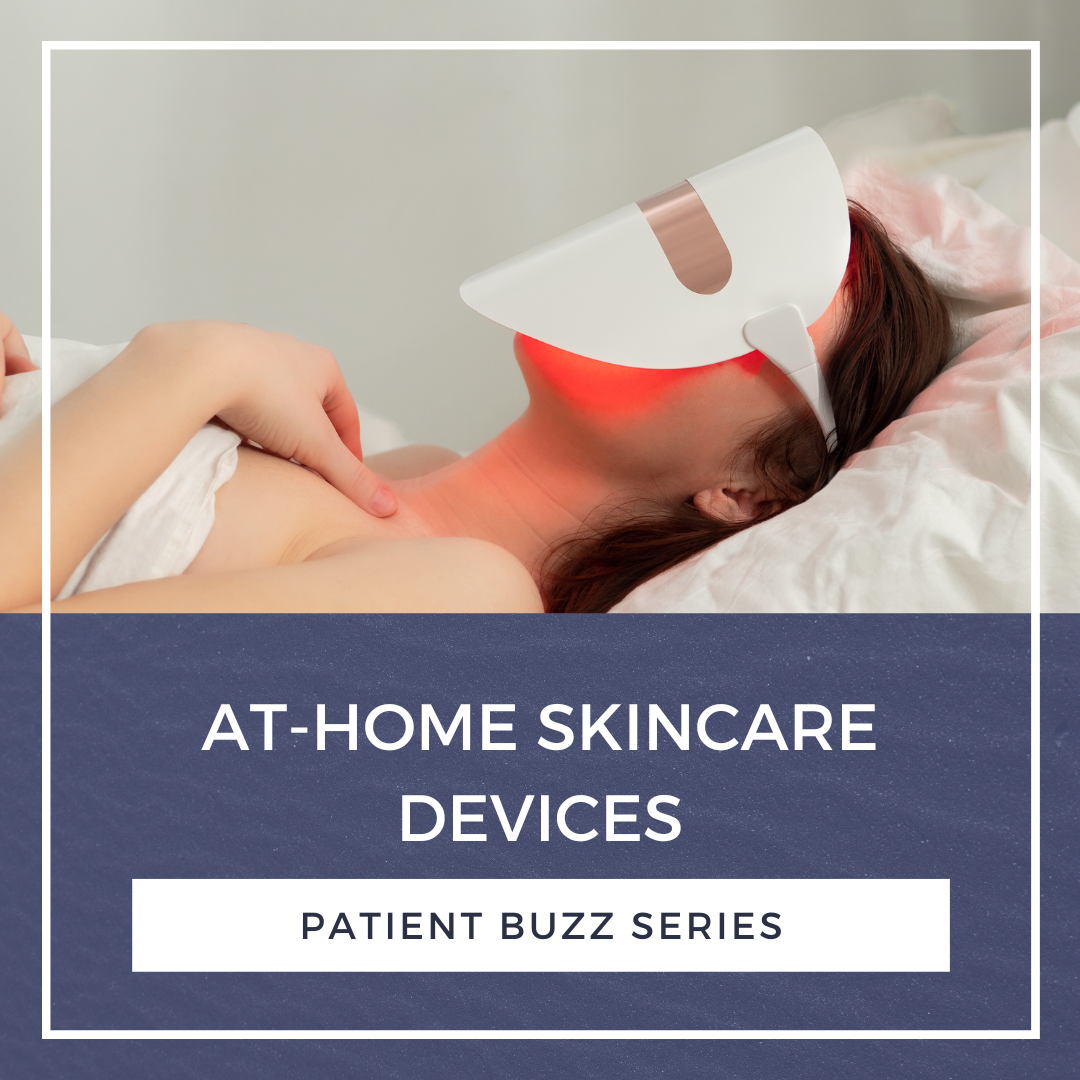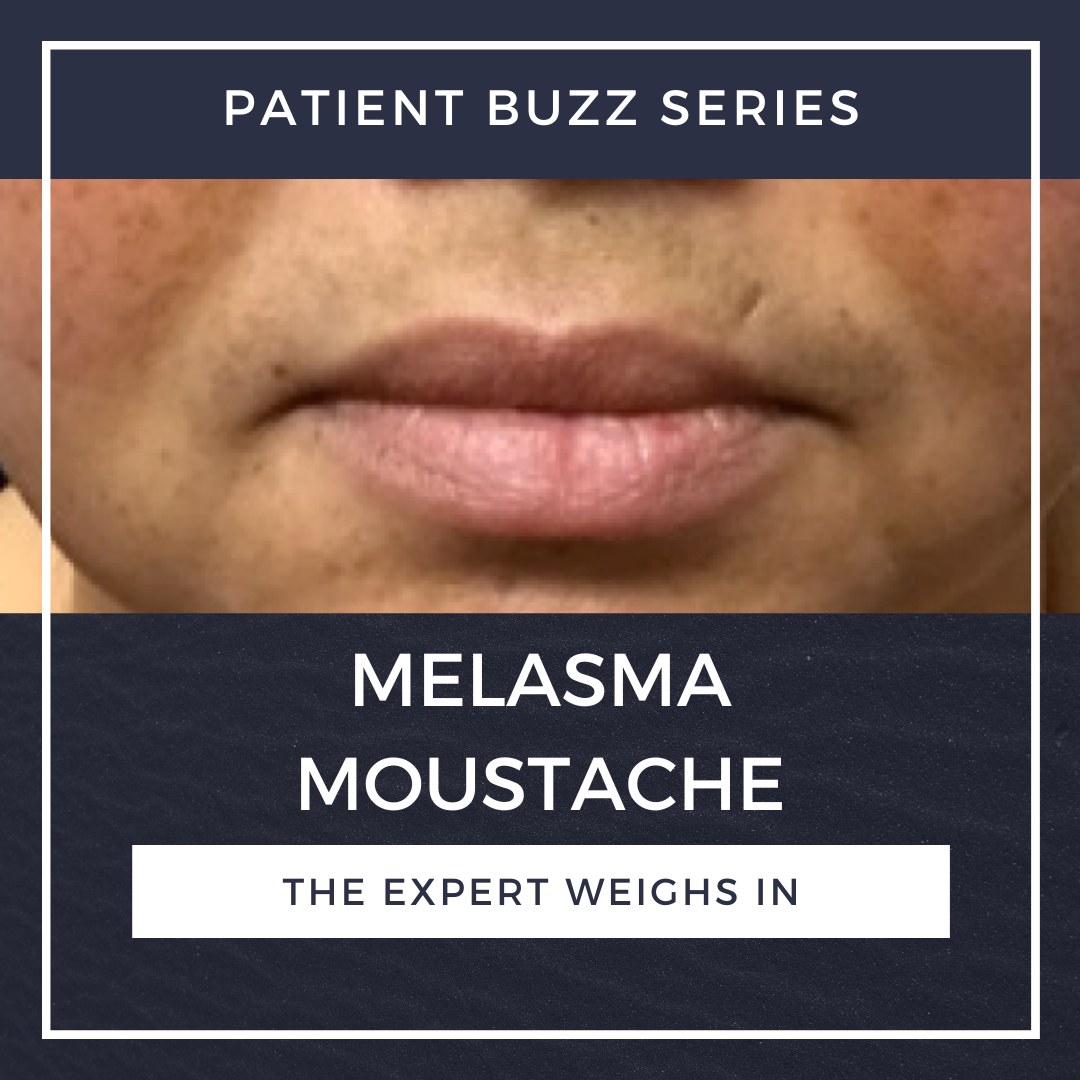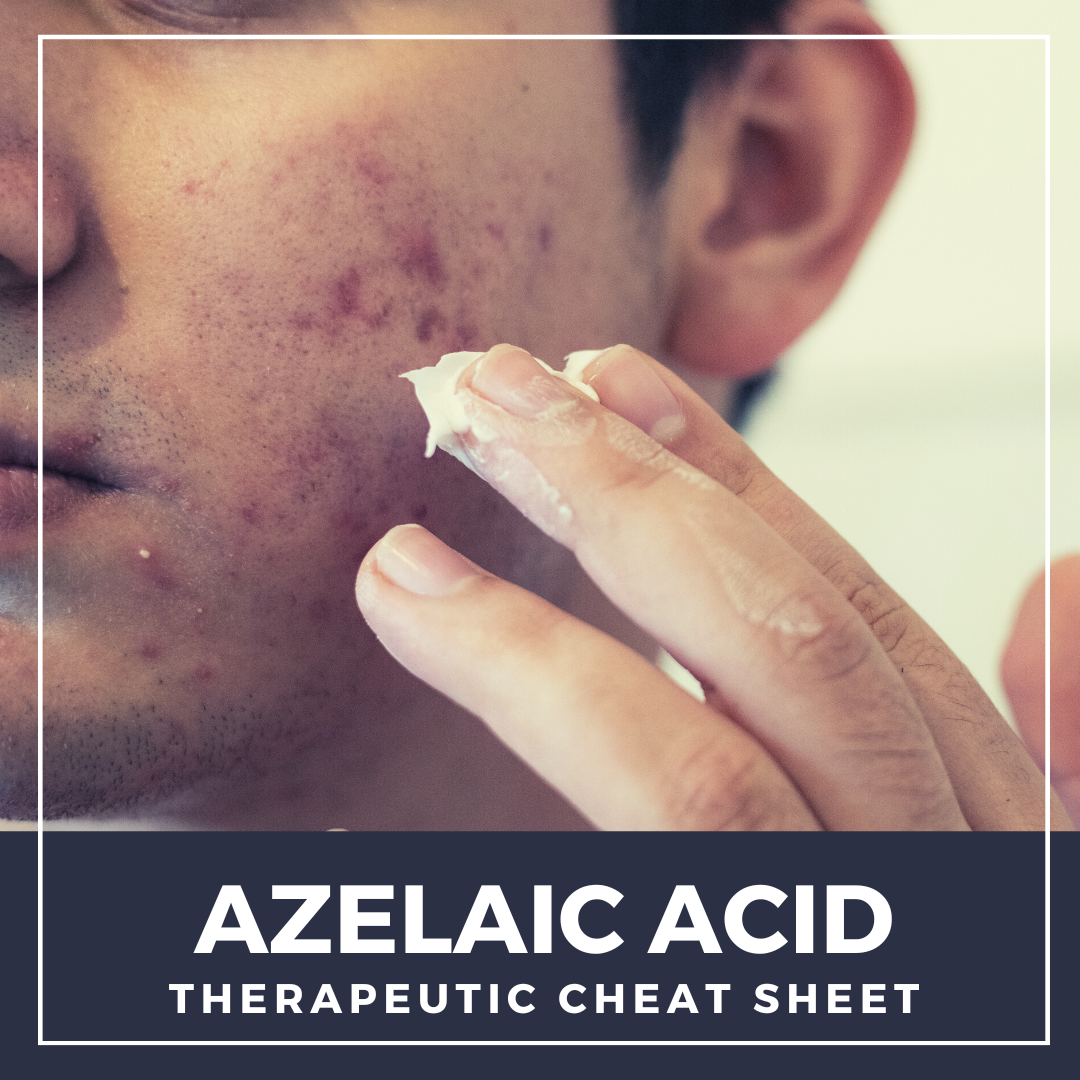Benefits and Risks of Medium & Deep Chemical Peels
 Next Steps in Derm, in partnership with Pigmentary Disorders Exchange Symposium (PDE) interviewed Dr. Jennifer Rullan, a dermatologist in Chula Vista, Calif. Watch as Dr. Rullan outlines unexpected ingredients that dermatologists can use in medium depth and deep chemical peels to treat pigmentary disorders, and it may not be the disorders that you expect. Vitiligo? Idiopathic guttate hypomelanosis …
Next Steps in Derm, in partnership with Pigmentary Disorders Exchange Symposium (PDE) interviewed Dr. Jennifer Rullan, a dermatologist in Chula Vista, Calif. Watch as Dr. Rullan outlines unexpected ingredients that dermatologists can use in medium depth and deep chemical peels to treat pigmentary disorders, and it may not be the disorders that you expect. Vitiligo? Idiopathic guttate hypomelanosis …
 Next Steps in Derm, in partnership with Pigmentary Disorders Exchange Symposium (PDE) interviewed Dr. Jennifer Rullan, a dermatologist in Chula Vista, Calif. Watch as Dr. Rullan outlines unexpected ingredients that dermatologists can use in medium depth and deep chemical peels to treat pigmentary disorders, and it may not be the disorders that you expect. Vitiligo? Idiopathic guttate hypomelanosis …
Next Steps in Derm, in partnership with Pigmentary Disorders Exchange Symposium (PDE) interviewed Dr. Jennifer Rullan, a dermatologist in Chula Vista, Calif. Watch as Dr. Rullan outlines unexpected ingredients that dermatologists can use in medium depth and deep chemical peels to treat pigmentary disorders, and it may not be the disorders that you expect. Vitiligo? Idiopathic guttate hypomelanosis … Continue reading "Benefits and Risks of Medium & Deep Chemical Peels"


 At-home skincare devices are now widely available to consumers, from handheld light wands for acne and wrinkles to laser hair removal devices. While no at-home device can fully mimic the benefits of in-office treatments, dermatologists spoke with Everyday Health and HuffPost about which at-home devices are worth consideration.
Dermatologist Dr. Rachel Westbay told HuffPost that consumers can us …
At-home skincare devices are now widely available to consumers, from handheld light wands for acne and wrinkles to laser hair removal devices. While no at-home device can fully mimic the benefits of in-office treatments, dermatologists spoke with Everyday Health and HuffPost about which at-home devices are worth consideration.
Dermatologist Dr. Rachel Westbay told HuffPost that consumers can us …  Laser-assisted drug delivery (LAD) is a new method of locally delivering treatments for some skin disorders. Dr. Jill Waibel, Subsection Chief of Dermatology at Baptist Hospital of Miami, shared pearls in the emerging technique at the inaugural Pigmentary Disorders Exchange Symposium. Continue reading this article for more information on this novel therapy.
The basics of laser-assisted delivery …
Laser-assisted drug delivery (LAD) is a new method of locally delivering treatments for some skin disorders. Dr. Jill Waibel, Subsection Chief of Dermatology at Baptist Hospital of Miami, shared pearls in the emerging technique at the inaugural Pigmentary Disorders Exchange Symposium. Continue reading this article for more information on this novel therapy.
The basics of laser-assisted delivery …  Good Housekeeping recently posted an article on how to treat a melasma moustache. What should dermatology clinicians know about treating melasma on the upper lip? What are some up and coming melasma treatments that dermatology clinicians should be aware of?
For expert advice, I reached out to Jennifer Rullan, MD, FAAD, a dermatologist in Chula Vista, Ca.
How common is melasma on the upper l …
Good Housekeeping recently posted an article on how to treat a melasma moustache. What should dermatology clinicians know about treating melasma on the upper lip? What are some up and coming melasma treatments that dermatology clinicians should be aware of?
For expert advice, I reached out to Jennifer Rullan, MD, FAAD, a dermatologist in Chula Vista, Ca.
How common is melasma on the upper l …  Azelaic acid is a topical therapeutic agent which is FDA approved to treat papules and pustules of mild to moderate rosacea and mild to moderate acne vulgaris. It was first approved by the FDA in 1995 and since its approval, has been used for many off-label conditions including disorders of hyperpigmentation. Its utility in various conditions can be attributed to its anti-microbial, anti-inflamm …
Azelaic acid is a topical therapeutic agent which is FDA approved to treat papules and pustules of mild to moderate rosacea and mild to moderate acne vulgaris. It was first approved by the FDA in 1995 and since its approval, has been used for many off-label conditions including disorders of hyperpigmentation. Its utility in various conditions can be attributed to its anti-microbial, anti-inflamm …